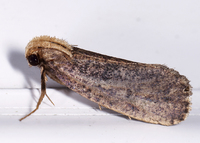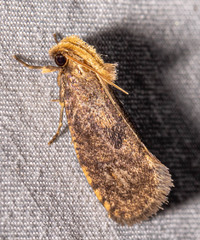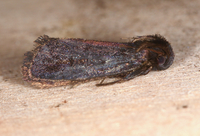
| Recorded by: Jim Petranka, Mark Basinger and Becky Elkin on 2025-06-29
Richmond Co.
Comment: Specimen was dissected. | 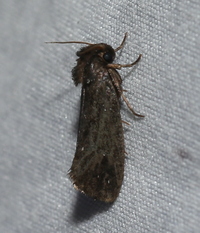
| Recorded by: David George, David Cheng, Patrick Coin on 2025-06-29
Richmond Co.
Comment: |
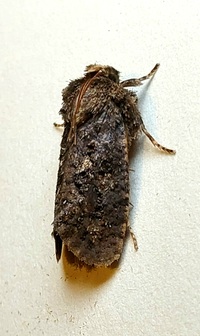
| Recorded by: Mark Basinger on 2025-06-24
Buncombe Co.
Comment: | 
| Recorded by: Jeff Niznik, David George, Larry Chen, Sarah Toner, Joye Zhou on 2025-06-20
Richmond Co.
Comment: |
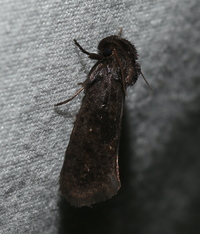
| Recorded by: Jeff Niznik, David George, Larry Chen, Sarah Toner, Joye Zhou on 2025-06-20
Richmond Co.
Comment: | 
| Recorded by: Mark Basinger on 2025-06-12
Wilson Co.
Comment: |
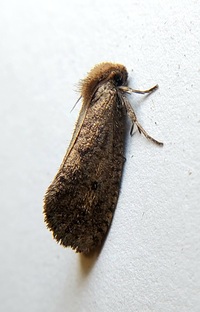
| Recorded by: Mark Basinger on 2025-06-11
Wilson Co.
Comment: | 
| Recorded by: Mark Basinger on 2025-06-09
Wilson Co.
Comment: |
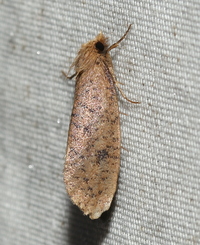
| Recorded by: David George on 2025-06-07
Durham Co.
Comment: | 
| Recorded by: Lenny Lampel on 2025-06-03
Mecklenburg Co.
Comment: |
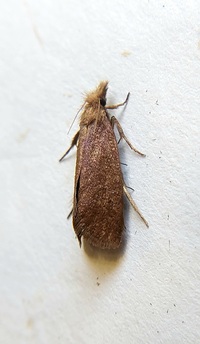
| Recorded by: Mark Basinger on 2025-06-02
Brunswick Co.
Comment: | 
| Recorded by: Mark Basinger on 2025-06-01
Brunswick Co.
Comment: |
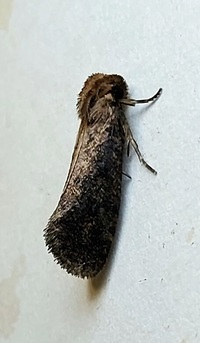
| Recorded by: Mark Basinger on 2025-05-31
Brunswick Co.
Comment: | 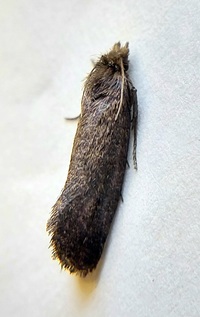
| Recorded by: Mark Basinger on 2025-05-31
Brunswick Co.
Comment: |
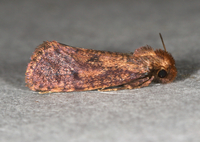
| Recorded by: Jim Petranka and Becky Elkin on 2025-05-24
Richmond Co.
Comment: | 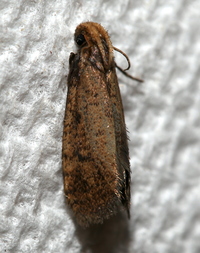
| Recorded by: David George, Jeff Niznik on 2025-05-24
Richmond Co.
Comment: |
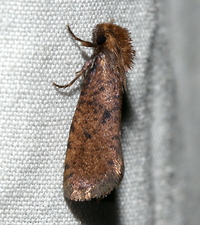
| Recorded by: David George, Jeff Niznik, Jim Petranka, Becky Elkin on 2025-05-24
Richmond Co.
Comment: | 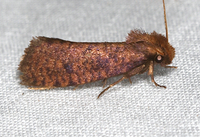
| Recorded by: Jim Petranka and Becky Elkin on 2025-05-23
Richmond Co.
Comment: Specimen was dissected. |
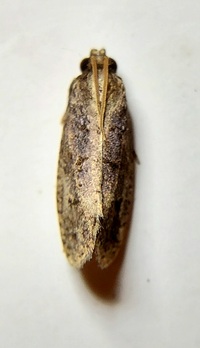
| Recorded by: Mark Basinger on 2024-07-11
Brunswick Co.
Comment: | 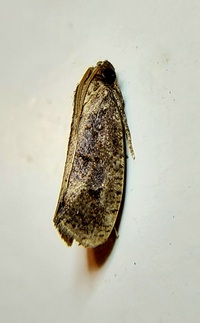
| Recorded by: Mark Basinger on 2024-07-11
Brunswick Co.
Comment: |
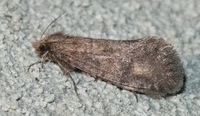
| Recorded by: Emily Stanley on 2024-07-05
Buncombe Co.
Comment: | 
| Recorded by: Dean Furbish, Lior S. Carlson on 2024-06-25
Orange Co.
Comment: |
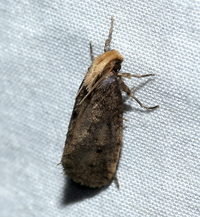
| Recorded by: David George, Stephen Dunn, Jeff Niznik, Patrick Coin on 2024-06-22
Chatham Co.
Comment: | 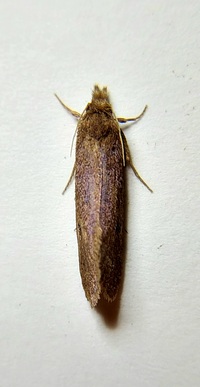
| Recorded by: Mark Basinger on 2024-06-19
Brunswick Co.
Comment: |
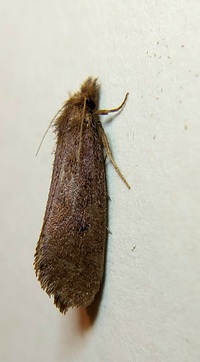
| Recorded by: Mark Basinger on 2024-06-19
Brunswick Co.
Comment: | 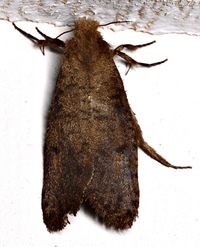
| Recorded by: Stephen Dunn on 2024-06-19
Orange Co.
Comment: |
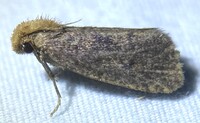
| Recorded by: Dean Furbish, Lior S. Carlson on 2024-06-17
Lincoln Co.
Comment: | 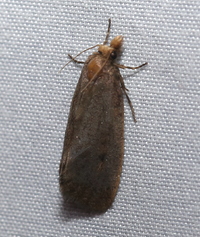
| Recorded by: David George, Steve Hall, Patrick Coin, Mark Basinger on 2024-06-16
Chatham Co.
Comment: |
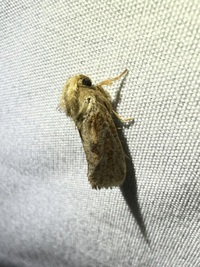
| Recorded by: Tim Foley on 2024-06-14
Orange Co.
Comment: | 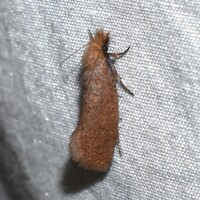
| Recorded by: Jeff Niznik on 2024-06-14
Scotland Co.
Comment: |
|

 »
»